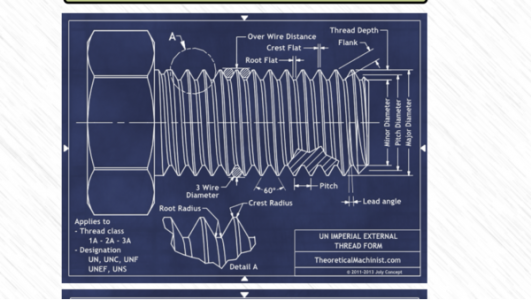- Joined
- Jan 30, 2017
- Messages
- 261
The owners manual for my lathe states that movement of compound is .001" per division on dial, the same for the cross slide. I know that if i dial in .002" on the cross, I am removing .004" of material. So my compound doesnt act in the same way?


